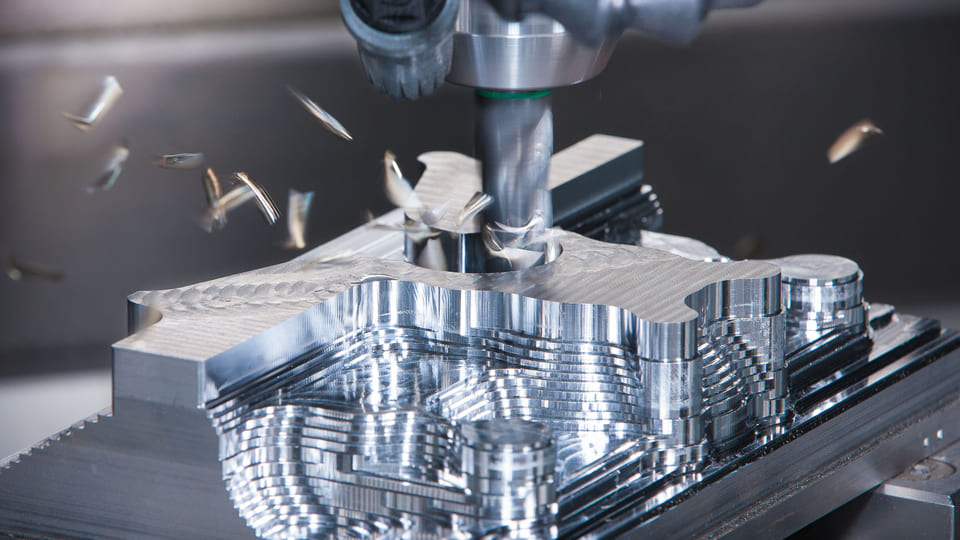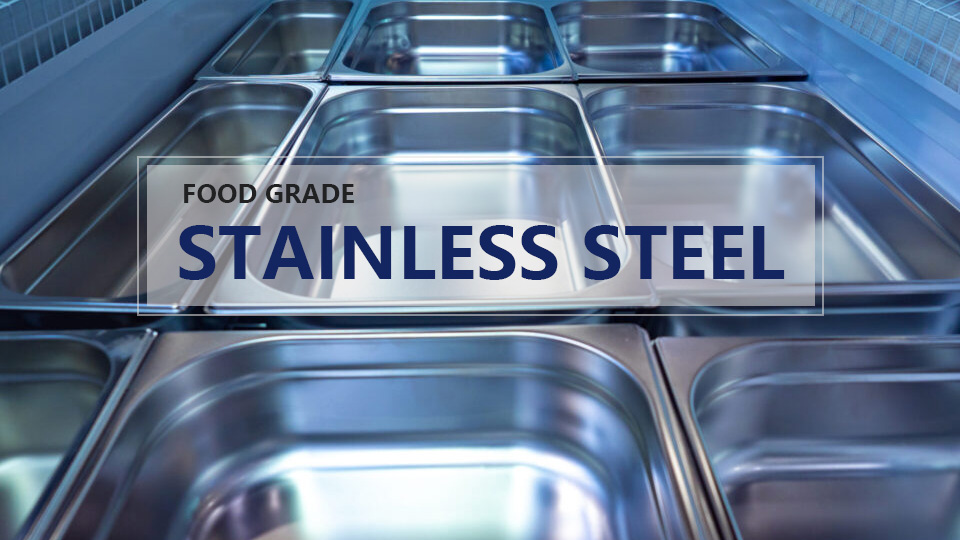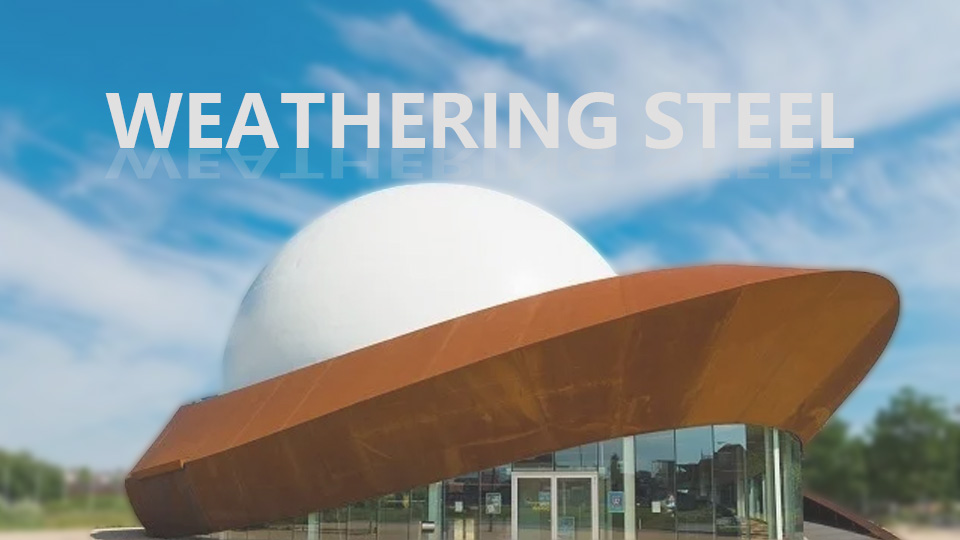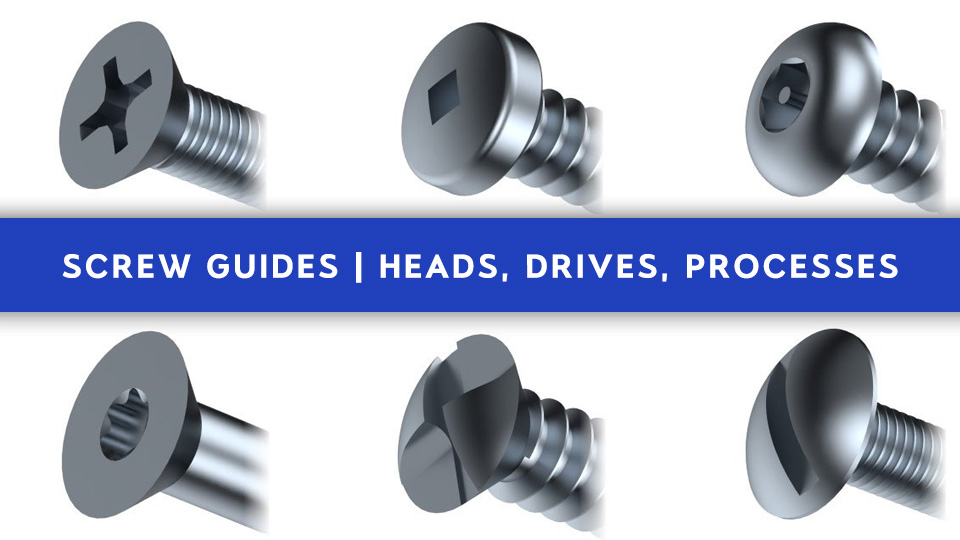Steel is a term for a whole group of metal alloys, a kind of versatile general metal with a wide range of applications and uses. Although there are many steel types, most steel types are divided into two types: carbon steel and stainless steel. Carbon steel often has a chromium content of less than 10.5%, but at least 10.5% of chromium is required to be considered stainless steel. We will explain the characteristics of carbon steel vs stainless steel, how to handle rust, how to use carbon steel and stainless steel, and answer frequently asked questions: Which is better for carbon steel and stainless steel?
What is Stainless Steel?
Stainless steel refers to a type of steel defined by the addition of alloy elements such as chromium and nickel, it usually has a chromium content of more than 10.5%. Because it is designed to protect against oxidation, it is sometimes called “oxygen-free steel.” Iron becomes oxidized and rusts when it touches oxygen, but chromium can touch oxygen without rusting. Therefore, stainless steel is given a protective layer of chromium to create a barrier between oxygen and iron in the environment. This can withstand corrosion and rust and become “stainless steel”.
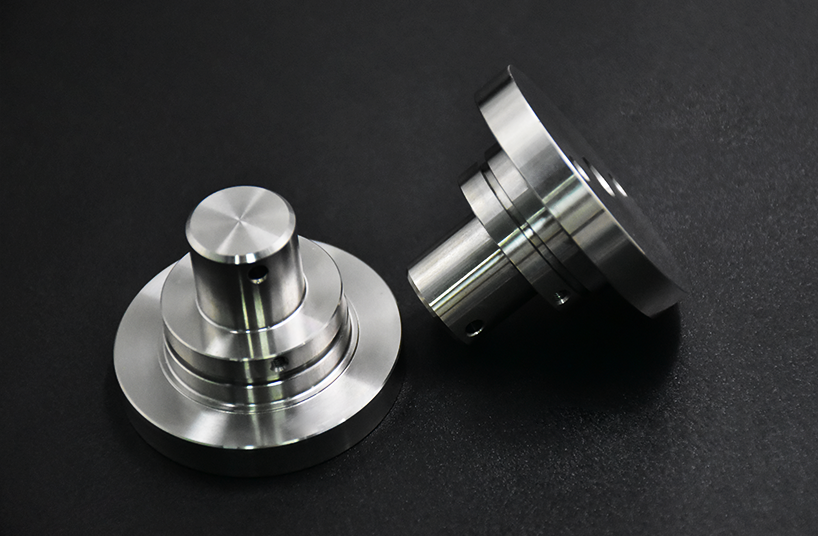
Types of stainless steel
When the chromium content of stainless steel is different, its characteristics are different. Generally, the lower the chromium content, the less expensive but less durable. There are various types of stainless steel:
- Austenitic: The most widely used stainless steel, its yield strength is low, but its corrosion resistance and heat resistance are strong, and it is often used in household goods, industrial piping and containers, construction, and construction facades.
- Ferrite: Generally a non-nickel steel type, it has better corrosion resistance, heat resistance, and cracking resistance than the common steel type. It is often used in washing machines, boilers, and indoor buildings.
- Martensite: Due to the low content of chromium, it tends to be more magnetic than other stainless steel and less corrosion resistant.
- Two Phase Steel: Austenitic Steel and Ferritic Steel Composite Steel with strength and flexibility, yield strength is twice that of Austenitic Stainless Steel, used in paper, pulp, shipbuilding and petrochemical industries.
What is Carbon Steel?
On the other hand, carbon steel has a much lower concentration of chromium, carbon and iron alloys, and very few other materials exist. Therefore, it is sometimes called “low alloy” steel. Both stainless steel and carbon steel have such basic compositions, but carbon steel is defined by carbon content. The carbon content is usually about 0.1-2.5%, but it often fluctuates. Unlike stainless steel, it is easy to rust, but carbon steel is often inexpensive, and its mechanical properties differ depending on carbon content. Low carbon steel is weak and soft, but CNC machining and welding are easy, and high carbon steel is strong, but processing is quite difficult.
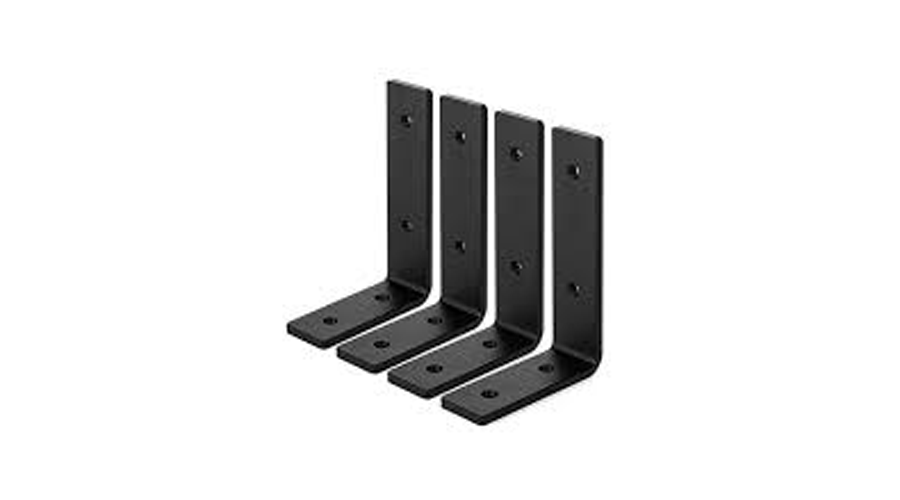
Types of carbon steel
The elements that define carbon steel alloys are carbon content, and various types of carbon steel are classified in this way.
- Low Carbon Steel: the most widely used carbon steel with a carbon content of less than 0.25%. It is usually relatively weak and soft, but it is easy to weld and ductile, so it is often used for machining and welding at a low cost.
- Medium Carbon Steel: With a carbon content of 0.25-0.6% and a manganese content of 0.6-1.65%, such as SK5 steel. It can be improved by heat treatment, but can only be performed on very thin sections unless an alloy element is added.
- High Carbon Steel: With a carbon content of more than 0.6%. It is the hardest and toughest carbon steel with the lowest ductility, excellent wear resistance, most often quenching and tempering.
Carbon Steel vs Stainless Steel in Properties
When comparing the characteristics of carbon steel vs stainless steel, it is important to see that each steel type is the best.
Table 1. Overview of the Properties of Carbon Steel vs Stainless Steel
| Property | Carbon Steel | Stainless Steel |
| Tensile Strength | 400–1200 MPa | 500–1000 MPa |
| Yield Strength | 250–1000 MPa | 200–800 MPa |
| Elongation | 10–30% | 20–60% |
| Density | ~7.85 g/cm³ | ~8.0 g/cm³ |
| Hardness | 120–400 HB | 150–400 HB |
| Thermal Conductivity | 40–50 W/m·K | 15–30 W/m·K |
| Melting Point | 1410 °C~ 1540 °C | 1375°C ~ 1530°C |
| Machinability | Good | Moderate |
| Weldability | Good | Moderate |
| Magnetic | Magnetic | Varies (austenitic non-magnetic or weakly magnetic; ferritic/martensitic magnetic) |
Composition
All steel contains iron and carbon. In some alloys, additional elements are added, giving them unique properties. Stainless steel is mainly made of chromium, nickel and molybdenum. Contains at least 10.5% chromium mass.
Table 2. Compositions of Stainless Steel
| Iron | Chromium | Nickel | Carbon | Manganese | Silicon |
| Balence | 10.5%-30% | 8-10.5% | 0.03-0.08% | 1-2% | 0.5-1% |
On the other hand, carbon steel is the composition of iron and carbon. Carbon content varies depending on the type of steel, ranging from 0.05% for low-carbon and mild-carbon steels to 2.5% for ultra-high-carbon steels.
Table 3. Compositions of Carbon Steel
| Iron | Carbon | Manganese | Silicon |
| Balence | 0.1~2.5% | 0.3~1.0% | 0.1~0.2% |
Cost
The cost of steel depends on the form of steel to be purchased. Among other factors, the composition of steel is part of the aspect that may affect the price paid for steel. If all other factors are constant, the cost of stainless steel is higher than mild or medium carbon steel. However, ultra-high carbon steel may be the same as stainless steel or in some cases higher than stainless steel. The best way to determine the price of steel is to evaluate the performance elements required for the application and to investigate the optimal choice and its price.
Specific prices per pound of stainless steel
- 304 stainless steel: $1.45
- 316 stainless steel: $1.81
- 430 stainless steel: $0.82
Specific prices per pound of carbon steel
- Low-Carbon Steel (e.g., A36, CS 30): $0.50–$0.75
- Medium/High-Carbon Steel (e.g., Grades 50, 70, 100): $0.60–$0.90
Corrosion Resistance
The name and reputation of stainless steel are derived from its corrosion resistance. It is a material that is resistant to corrosion. Stainless steel gains protection from corrosion from chromium alloyed to metal. When chromium reacts with oxygen, it forms a layer of chromium oxide to protect steel from corrosion.
Carbon steel does not have the same ability to prevent corrosion. Carbon steel has many advantages, but corrosion resistance is not one of them. Therefore, the use of carbon steel in marine environments is not recommended.
Tensile Strength and Yield Strength
Steel has high tensile strength and yield strength, making it difficult to break or deform even when pulled by force. This unique property is ideal for infrastructure like commercial buildings and bridges. Carbon steel has relatively high yield strength but low tensile strength. It maintains the shape almost to the breaking point, but if it exceeds that point, it breaks naturally.
On the other hand, stainless steel has less carbon content, is softer than carbon steel, and is weaker in bending and denting than carbon steel because of its low yield strength.
Machining and Welding
Machining and welding play an important role in making structures from steel. It is important to identify metals that are easy to process. Stainless steel is known as a metal that is difficult to process and requires special processing tools and techniques. However, stainless steel processing is not impossible, but carbon steel is more advantageous in this case.
Appearance
Appearance is an important factor to consider when choosing materials suitable for various projects. Both carbon and stainless steel have a good finish. Carbon steel has a smooth and sophisticated appearance and can accommodate various environments, so various aesthetic options can be adjusted widely by multiple coatings and finishes. On the other hand, stainless steel is known for its sheen and shine, making it better out of the two options.
Thermal Resistance
Carbon can also withstand high temperatures, but stainless steel has excellent heat resistance. Stainless steel can withstand up to 1000 degrees Fahrenheit.
Which is better, carbon steel vs stainless steel?
So, which is better for carbon steel vs stainless steel? It depends on what you need. Here are the benefits of carbon steel and stainless steel.
The main benefits of stainless steel are:
- Corrosion Resistance: When chromium is added to stainless steel during the manufacturing process, it combines with oxygen in the air to create a thin protective film on the metal to protect against carbon steel vs stainless steel rust and other corrosion.
- Heat Resistance: Some stainless steel is resistant to scaling and can withstand very high temperature environments. Certain stainless steel types can withstand extremely low temperatures for a long time.
- Long Life: Stainless steel has excellent corrosion resistance and heat resistance, making it ideal for long-term applications such as exposure to moisture and corrosive substances.
- Hygienic: Stainless steel naturally rejects bacteria and other pathogenic due to its chemical structure. Also, it is very easy to wash with basic water wipe and universal cleaner.
The main advantages of carbon steel are:
- Durability: Carbon steel is strong, durable and can withstand high stress and impact loads. It is commonly used in the construction of mechanical parts and buildings.
- Affordable: Carbon steel is cheaper to manufacture and purchase than other steel types.
- Recyclability: Carbon steel is 100% recyclable and can be used many times without compromising quality and strength.
- Versatility: Carbon steel can be used for almost all applications requiring inexpensive and durable materials. Various shapes can be created by welding, machining and molding.
Make Your Idea Take Shape!
When to Use Carbon Steel vs Stainless Steel?
Choosing the right steel depends on what you’re building or making. Let’s look at when to use carbon steel vs stainless steel in real-world situations.
Uses of Stainless Steel
Stainless steel is mostly used for applications that require its unique properties and corrosion resistance. This alloy is crushed into coils, sheets, plates, bars, wires and tubes. Here are some examples of common stainless steel uses:
- Food Processing Equipment: Stainless steel, or food-grade stainless steel, is widely used in food industry due to its corrosion resistance and sanitary properties. It is often used in food processing equipment such as mixers and storage tanks.
- Medical Equipment: Stainless steel is often used in the construction of medical equipment because of its sterilizability, corrosion resistance, and biocompatibility.
- Automotive Parts: Stainless steel is used to manufacture various automotive parts, including exhaust devices and trims.
- Construction: Its ability to withstand harsh environmental conditions ensures longevity and reliability. Stainless steel is used to construct buildings and other structures, including railings, doors and window frames.
- Aerospace and Defense: Stainless steel is used to manufacture aircraft and other defense-related equipment due to its strength and durability.
- Chemical Treatment: Stainless steel is resistant to various chemicals and suitable for chemical processing.
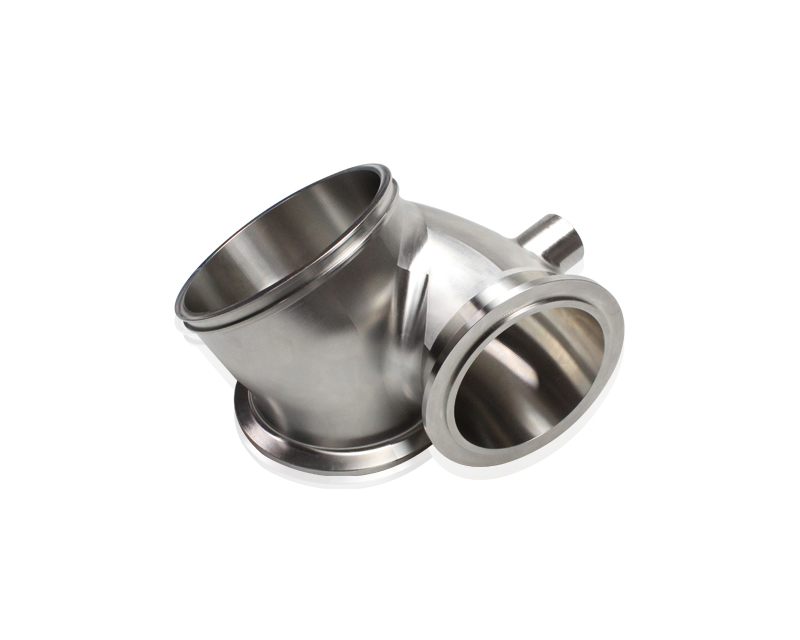
Uses of Carbon Steel
Carbon steel is often used when durability is more affordable than other steel types and when corrosion resistance is not required. Often carbon steel is manufactured or processed in large quantities. The following are common uses of carbon steel:
- Construction: Carbon steel is often used in structures such as buildings and bridges due to it is strong, durable, and versatile.
- Automotive: Carbon steel is used to manufacture various automotive parts such as nuts, bolts, and fasteners.
- Industrial Equipment: Carbon steel is used in various industrial equipment such as boilers, tanks and pressure vessels.
- Mechanical Parts: Carbon steel is often used in mechanical parts such as gears, bearings and springs due to its strength and durability.
- Cutting Tools: Carbon steel is used in constructing cutting tools, such as knives and saws, due to its ability to hold a sharp edge.
- Defense: Carbon steel is used to manufacture various defense-related equipment such as armor and weapons due to its strength and durability.
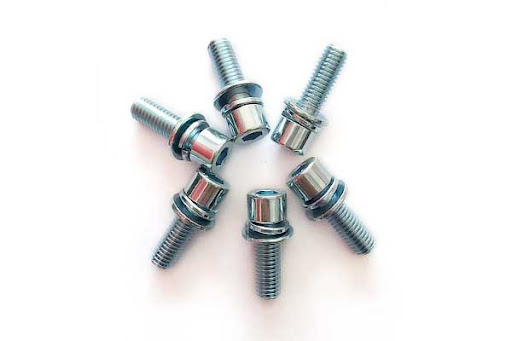
Which Steel Should I Use?
Stainless steel has excellent corrosion resistance and is suitable for various applications exposed to moisture and corrosion environments. On the other hand of which is better carbon steel or stainless steel? Because carbon steel has relatively high carbon content, it has high strength and hardness, and is suitable for various applications that require large stress and shock. Whether carbon vs stainless steel is used depends on project-specific requirements and factors such as material properties, corrosion resistance, heat resistance and cost.
Table 4. Characteristics of Carbon Steel and Stainless Steel
| Characteristics | Stainless Steel | Carbon Steel |
| Corrosion Resistance | High corrosion and rust resistance | No corrosion or rust resistance |
| Temperature Resistance | Can withstand extremely high and low temperatures for long periods | Can withstand high and low temperatures but does not perform as well as stainless steel when exposed for long periods |
| Weldability | It is weldable but more complex due to higher melting point | It is one of the easiest metals to weld with due to lower melting point |
| Lifespan | Average lifespan is approximately 20 years | Average lifespan is approximately 20 years |
| Recyclable | 100% recyclable | 100% recyclable |
| Hygienic | Rejects bacteria and other pathogens, easy to clean | Has non-toxic and hygienic properties, but is prone to corrosion unless cleaned and maintained |
| Cost | More expensive | Reference |
Conclusion
By understanding the difference between carbon steel vs stainless steel, you can make smart choices in the project. Carbon steel is sturdy and affordable, but must be protected from rust. Stainless steel is resistant to rust, looks beautiful, and lasts long even in wet and harsh places. By comparing the characteristics of carbon steel vs stainless steel, learning about the rust of carbon steel and stainless steel, and knowing the use of carbon steel and stainless steel, you can make better decisions when making structures, making tools and choosing kitchen supplies.


